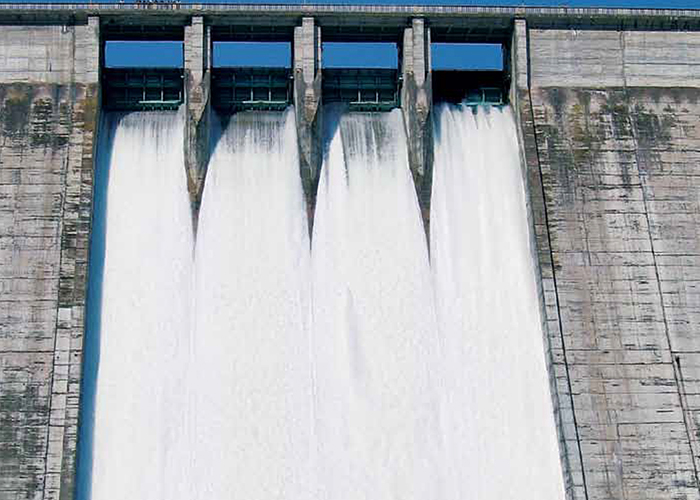
Also known as Build- Operate-Transfer Law, the 'Certain Investments and Services Build- Operate-Transfer Model Law' was adopted on 08.06.1994 and by being published in the Official Gazette on 13.06.1994 entered into force. Akfen Holding Chief Legal Officer Sıla Cılız İnanç analyzed what the new law brought for Strategy magazine. In the 3rd article of law, the Build- Operate- Transfer Model is, “a special financing model that developed to be used in high tech or high material resources projects which needs funding implementations. The investment costs (including the profit to be obtained) must be paid by the equity company or a foreign company during the period of operation –or- management of manufactured goods or benefited services must be purchased by the benefiting clients. According to Build-Operate- Transfer (BOT) model law and the Council of Ministers’ decision; this is a funding model based on an investment or a service which originally belongs to public to be financed by a private company. Manufactured goods or service gained from the mentioned investments obtains the targeted investment cost and profit, finally to be transferred to the main management. This model was originated from transferred public services of countries such as, France, Germany and Britain in the early 19th and 20th centuries. Especially in the last period of the Ottoman Empire, concession agreements with foreign companies that have been made showed similarities with this model. Also in the Third Item, it is stated that the Build-Operate-Transfer Model is “a special financing model developed to be employed in realizing projects which require high-technology or high financial resources, and investment sum (including profits made) should be paid to the equity company or foreign company through purchase of goods or services produced by the company during operation phase by beneficiaries of management or services.” Build-Operate-Transfer (BOT) Model, as stated in the Act and relevant Cabinet Decree, is a financing model in which a public investment or service is built and financed by a private company, investment cost and profit is earned through goods or services produced during operation period and the investment suitable for operation is transferred to the management. In the last 30 years, Build-Operate-Transfer model is increasingly more preferred for local administrations all around the world. As well as removing the concern of financing required not only for the investment but also during the operation period, the desire to be relieved of daily management burdens, having authority over service and grant holders and obtaining various concessions in return, makes it a more preferred method. In the contracts, investment construction and operation costs (which will be undertaken by a stock corporation or foreign company) (including the profit to be obtained), service duration, repayment of loans by the determined duration and the amount of capital and operating principles are taken into account. The duration of the contract can’t exceed 49 years. In 1999, thanks to changes made in the law, without considering as if it’s “concession”, modifications made in order to make “a private law contract’. Which was one of the major challenges for foreign investors’ arrangement whereby solved. Arrangements have been made regarding the scope of the law, with amendments made in 2008 and 2013. The scope expanded and diversified investment options. 3996 BOT Law was expanded in scope in the following applications and 94/5907of the Council of Ministers Decision was replaced by 2005/8572of the Council of Ministers Decision. In addition, for the project that could create problems in paying itself to be constructed in accordance with this legislation, the Administration’s “contribution “ arrangements were made. Another important regulation regarding credit undertakings with the new arrangement held on 02.21.2013. According to law ‘s current arrangement; bridges, tunnels, dams, irrigation, drinking and waste water, treatment plants, sewage , communication, convention center, cultural and tourism investments, commercial buildings and facilities, sports facilities, dormitories, theme parks, fishing barns, silos and storage facilities, geothermal and waste heat -based plants and heating systems, electrical generation, transmission, distribution and trading, mines and mills, factories and similar facilities, anti-pollution investments, highways, traffic-heavy roads, railways and rail systems, station complexes and stations, cable cars and ski lift facilities, logistics center, underground and aboveground parking and sea and air fields and ports for civil use, cargo and passenger harbors and complexes, border crossings and customs facilities, national parks (except for that with special law), nature parks, nature conservation areas and wildlife protection and development fields and facilities and wholesales markets, construction and operation is among the investments to be operated with build-operate- transfer model.